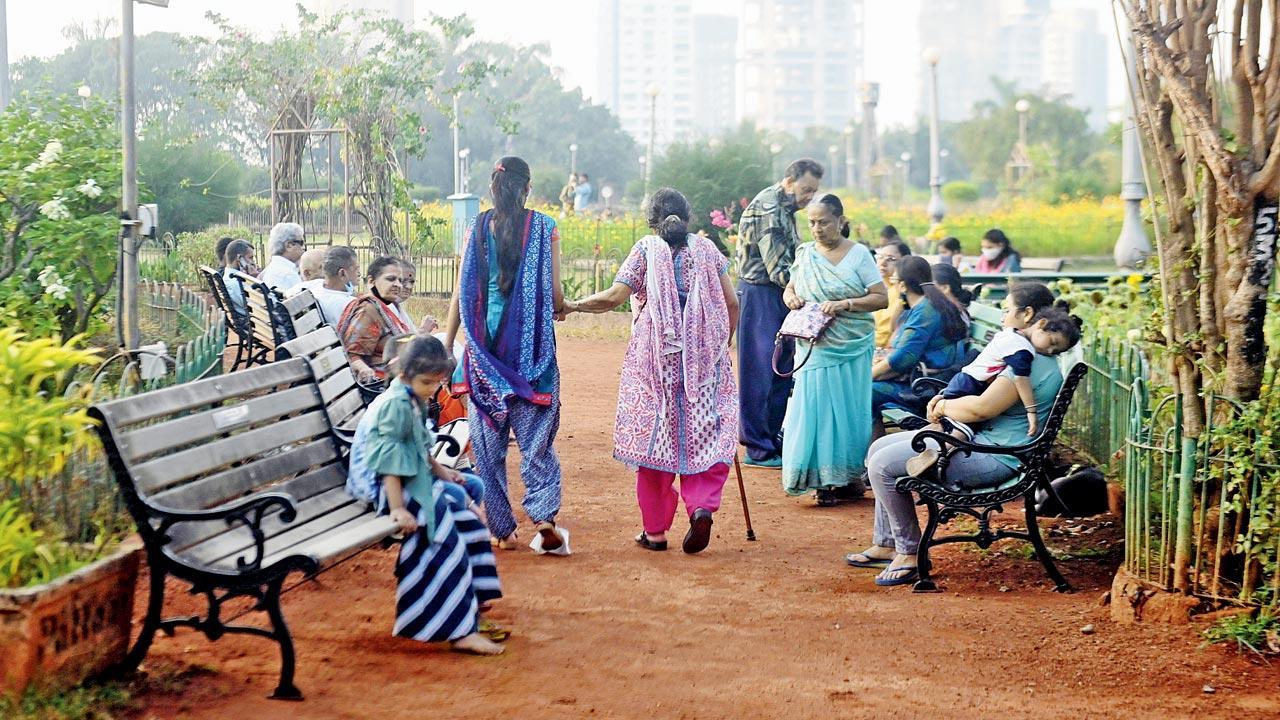Civic body will add two compartments, Hanging Gardens to be left partially open as work continues; project to be carried out over eight years

The iconic Hanging Gardens, which sit atop the Malabar Hill reservoir, came up in 1881. File pic
Augmentation work on the 135-year-old reservoir at Malabar Hill has begun.
ADVERTISEMENT
The project will be carried out in six phases over eight years and the iconic Hanging Gardens—which are perched atop the tank and will be systematically uprooted to carry out the work—won’t be entirely closed to the public at any given time, BMC officials told mid-day.
The Malabar Hill reservoir supplies water to the A (Colaba, Fort and Nariman Point), C (Girgaon) and D (Malabar Hill and Tardeo) wards.
Also read: BMC aiming to open Malabar Hill road by mid-December
As per a structural audit that was ordered in 2017, the life of the reservoir is over. The BMC has now issued a work order to increase the storage capacity of the tank, which has five compartments —1 A, 1 B, 2 A, 2 B and 1 C.
Though the standing committee gave the project its go-ahead in February, the actual work will start now as construction activities are not carried out during the monsoon season.
“As per the plan, a new reservoir (compartment) will be constructed first and then the reconstruction work of the old one will begin. An additional tank will be constructed on the west side of the old reservoir,” said Vasant Gaikwad, chief engineer of BMC's water supply projects department. A temporary iron tank with a 14-million-litre capacity will be set up to ensure an uninterrupted supply of water.
The reservoir's total water storage capacity of 147.78 million litres. After the addition of the two compartments and restoration work, it will increase to 191 million litres.
Gaikwad said the Hanging Gardens, which came up in 1881, won’t be uprooted in one go. “The hydraulic department will restore the garden after the completion of the work,” he added.
The total cost of the project now is Rs 698.50 crore, including taxes and surcharges. The work includes the conversion of the stone retaining wall into a reinforced cement concrete one, laying a water pipeline beneath a road and reconstruction of the road.
 Subscribe today by clicking the link and stay updated with the latest news!" Click here!
Subscribe today by clicking the link and stay updated with the latest news!" Click here!







